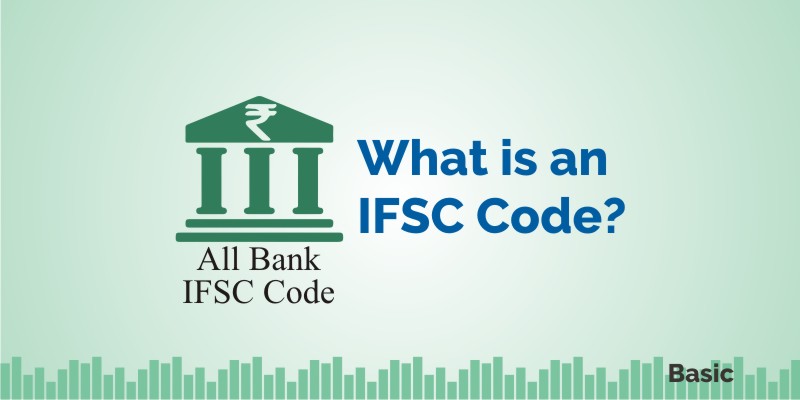If you are looking to gain mastery over your finances, then there are some important concepts to learn. One of them is the MICR code. Knowing what the MICR code of a bank is useful because it helps you gain a better understanding of the banking system. To gain mastery over your finances, another important term is RTGS. RTGS is a type of transfer that is commonly used in today’s times. This article will discuss the definition and importance of both these topics.
MICR Code of Bank
If you look at the bottom of one of your cheque leaves, you will see a magnetic ink code bar. This bar is the MICR code of your bank, and it stands for Magnetic Ink Character Recognition. It is a unique language that is designed to identify your bank branch. This is because transactions must be made through your bank branch since that is where your bank account is.
Each bank’s MICR code is assigned to them by the RBI. This nine-digit number was introduced by the Reserve Bank of India (RBI) in the 1980s to facilitate secure and efficient payments. When utilising NEFT, IMPS, and RTGS for financial transactions, both the IFSC Code and the MICR Code are crucial.
This nine-digit number was established by the governing body in the 1980s to facilitate secure and efficient payments. It guarantees that the RBI will recognise the bank and its issuing of cheques for financial transactions. The MICR Code also expedites the process of cheque clearing.
What Do the Digits Mean in an MICR Code?
- First Three Digits: Represent the pin code of the city where the bank is located
- Middle Three Digits: Represent the bank’s code. (Bank name)
- Last Three Digits: Represent the bank branch’s unique code.
What is RTGS?
What is RTGS? Why it is stands for “Real-Time Gross Settlement”. Instantaneous transfers are possible with an RTGS transfer since funds are transferred in real-time. For high-value and urgent transactions, banks and other financial institutions use RTGS transfers to help their customers. The “gross” in RTGS means that each transaction is settled separately, and in full. As a result, there is no offsetting of any other transactions, minimising counterparty risk. RTGS offers a host of benefits to those who avail of it, such as
- Safety and security: RTGS greatly lessens the risk of any theft or fraudulent activities, especially when compared to physical instruments such as cheques. It also reduces your dependency on physical instruments in general.
- No Maximum Limit: RTGS Transactions do not have a maximum limit, making them convenient for transferring large sums of money.
- Always Available: The services are available on weekends and during the holiday season as well.
- Internet banking Service: Through Internet banking, individuals can easily complete RTGS transactions from the comfort of their home or office.
- No Costs or Fees: RTGS transactions may incur small costs from certain banks, however many banks provide this service at no cost.
Information Required to Complete an RTGS Transaction
- The beneficiary’s bank and branch name.
- Full name of the recipient.
- IFSC code of the receiving bank
- The amount that needs to be transferred.
- The sender’s account details.
- Beneficiary’s account number.
You can conduct an RTGS transaction by internet banking, mobile banking, or by visiting your bank branch. To complete the transaction through net banking or mobile, first log into your net banking account. Navigate to the transfer funds section and choose the “RTGS” transfer option. Fill in the required details and complete your request. Remember to store the confirmation details for your financial records. You can also visit your nearest bank branch in person if you wish to conduct a transaction offline. Your bank will assist you with the necessary steps.
CONCLUSION
Know what is MICR code of bank? While most people have embraced online fund transfers, MICR continues to remain relevant. It can prove helpful for NEFT, RTGS, and IMPS transactions. It is a vital component of modern banking, offering secure and real-time fund transfers around the clock. Knowing what RTGS is can help you make payments conveniently.

